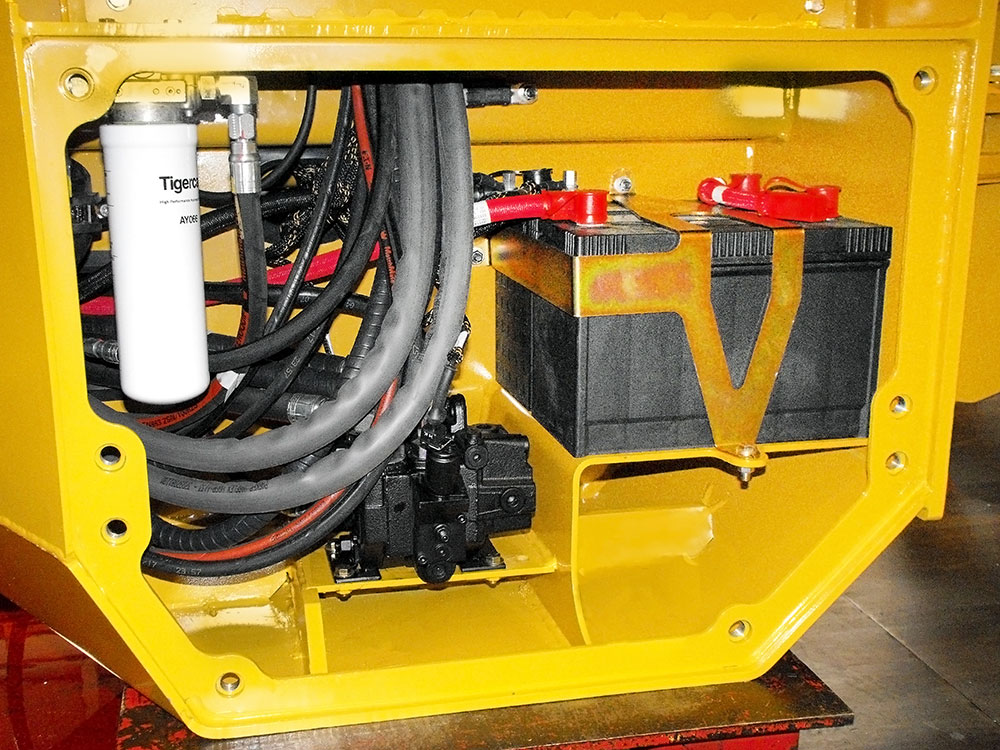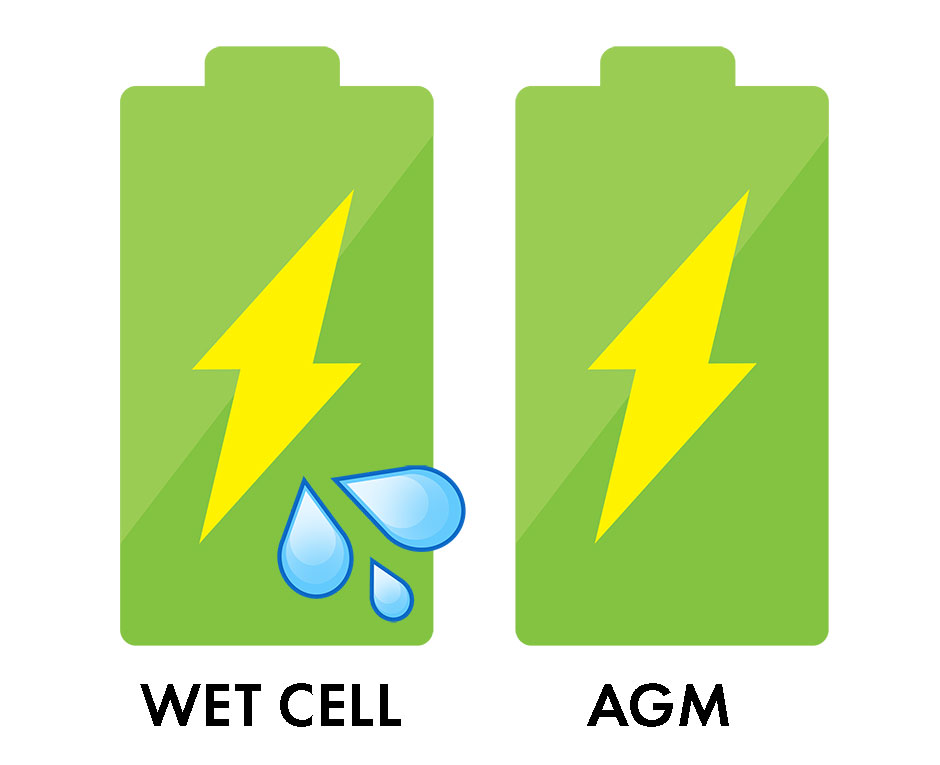Batteries that power our vehicles and equipment are something we give very little thought to, that is, until that dreaded moment that we turn the key and the engine doesn’t start.
In years gone by, it was common practice to carry out routine maintenance on our vehicle batteries to keep them performing optimally. Today, batteries are marketed as maintenance free, but are they really? Although batteries today do not require the same maintenance that they did in the past, there are a few things that will make life easier for you and your battery.
Various types of debris that may be collecting on the top surface of your battery can be conductive. This may create a path that can allow current flow. This can cause the battery to discharge. Moisture, often due to condensation, will amplify this problem.
Dirty or loose connections do not conduct electricity and may lead to difficult starting of the engine and batteries not being fully charged. Corrosion on battery terminals is often a sign of electrolyte loss through excessive venting, very likely the result of overcharging.
Tigercat machines that run on 24 volts use two batteries connected in series. When replacing these batteries, always replace them both at the same time. They should be fully charged and need to be virtually equal in voltage, with no more than 0.3 volts difference between them. This will ensure the best life of the batteries.

There are two types of batteries used in Tigercat machines depending on the machine application, model and design, flooded lead acid (wet cell) and absorbent glass mat (AGM).
It is very important to know which type is in your machine when it comes to maintenance and charging. While flooded batteries often have removable caps on top, this is not always the case. Always look for wet cell or AGM on the label, or look up the battery’s model number online to confirm.

Electrolyte Lead acid batteries contain a mixture of sulphuric acid and water, called electrolyte. This electrolyte acts as a chemical medium that allows the flow of current between the positive and negative plates in the battery. During normal operation, some of the water in the electrolyte can be lost through ventilation. Because of this, it was common in the past to add distilled or demineralized water to the battery cells so that the electrolyte was replenished. Batteries are now manufactured with a surplus of electrolyte so it is no longer necessary to top them up.
However, excessive electrolyte can be lost due to vent seals not fully closing because of age or overcharging. This can lead to portions of the plates becoming dry. Plates that have become dry will no longer function electrically. This is a condition that cannot be corrected and it reduces the capacity of the battery.
When a cell in a lead acid battery discharges, a chemical reaction occurs between the lead in the plates and the electrolyte. That reaction produces lead sulphate and water. The lead sulphate collects on the plates in the battery. At this time the sulphate is soft. Properly charging the battery will reverse the chemical reaction and the lead sulphate and water are converted back to lead and acid. However, problems can begin if the battery is left in a discharged state for a period of time or if the battery is overcharged during recharging.
When a battery is left in a state of discharge for a period of time or if the battery is not sufficiently charged during normal operation, the lead sulphate begins to harden and form crystals on the plates. The hardened sulphate crystals will interfere with recharging the battery and as they continue to expand, they deform or possibly crack the plates, leading to battery destruction. Permanent sulphation is said to occur when a battery has been left in a state of low charge for periods of weeks or months but it is always best for the health of the battery to recharge a discharged battery as soon as possible.
Overcharging a battery causes water in the electrolyte to separate into hydrogen and oxygen. This is often referred to as “gassing” and these gases will escape through the vents on each cell. Hydrogen is extremely explosive. For this reason charging should always be done in areas with plenty of ventilation so the gases can dissipate.
AGM batteries are also lead acid batteries. The electrolyte in AGM batteries is saturated in a special acid saturated fibreglass mat. Because of this, AGM batteries are sealed, so gassing is not a significant issue.
AGM batteries have several advantages over wet cell batteries:
AGM batteries are said to be less prone to sulphation when discharged. However, AGM batteries do have a few disadvantages compared with flooded batteries. They are more expensive to manufacture and are more sensitive to overcharging.
Charging a battery is a process that replaces the energy that has been used. This should be done as soon as possible in order to avoid the formation of hard sulphation which leads to lower capacity and shortened life.
The alternator on your machine works very well maintaining the batteries except when the battery has become deeply discharged, as the alternator tends to overcharge batteries in this condition. Overcharging, along with sulphation are the leading causes of shortened battery life.
Causes water in the electrolyte to separate into hydrogen. This is referred to as gassing. These gases will escape through the vents on each cell. Hydrogen is extremely explosive. For this reason, charging should always be done in areas with plenty of ventilation so the gases can dissipate.
It should be noted that an average starting battery has only about ten deep discharge cycles available if it is recharged using the vehicle’s alternator. As such, charging a deeply discharged battery should ideally be accomplished using a prescribed three-step process which takes fourteen to sixteen hours to complete when done correctly:
AGM batteries must be charged using either a charger specifically designed for them or a charger that has a switch for an AGM charging mode. The charging will follow a similar process as the wet cell, but the process must be carefully controlled as the AGM has much tighter tolerances than a wet cell and is sensitive to overcharging. AGM batteries must never be opened as this will damage the battery.
As much as 80% of the battery capacity is replaced in the bulk charge phase at maximum current and maximum voltage capacity of the charger. The battery must not be taken off the charger during this stage.
When the battery reaches 80% of the total charge, switch to absorption charge. This stage uses a maximum charge voltage of 14.7 volts.
Switch to float charge once the current drops to 100 mA or has been in absorption charge for four hours. This will charge the battery to 100% and will maintain the battery in a fully charged state.
One last note, always review the battery manufacturer instructions.